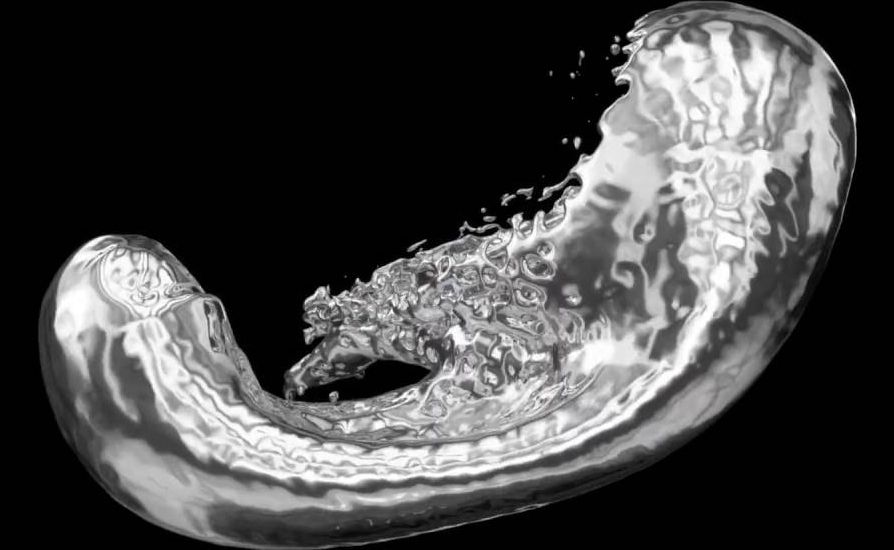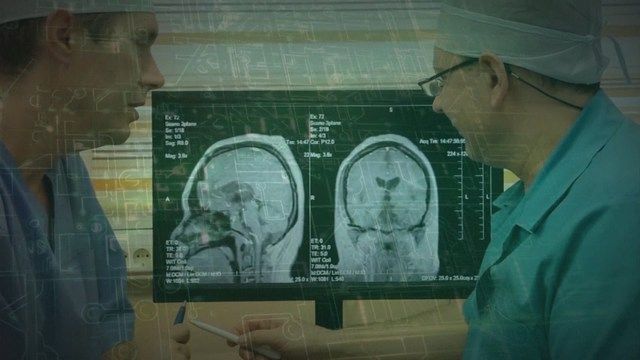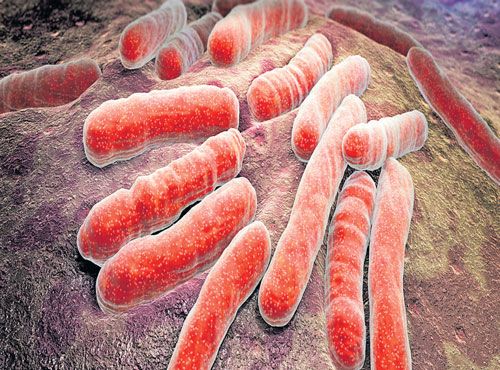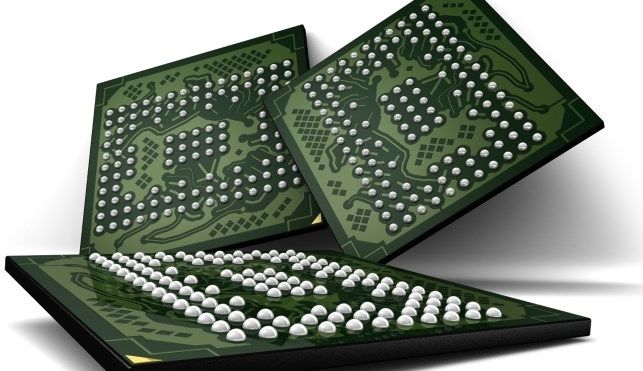Page 11340
Aug 15, 2016
IARPA looks to reinvent the virtual desktop
Posted by Karen Hurst in categories: security, virtual reality
The Intelligence Community’s research agency is exploring the use of role-based virtual environments to enhance security.
Aug 15, 2016
A synthetic environment for autonomous systems
Posted by Karen Hurst in category: robotics/AI
Case study from the Swarm Systems Ltd who will pitch their ideas to industry and investors at the CDE Marketplace on 6 September 2016.
Aug 15, 2016
Improved Safety Standards and Changing Regulatory Scenario to Boost the Global Aircraft Synthetic Vision System Market Through 2020: Technavio
Posted by Karen Hurst in categories: business, computing, military
LONDON—(BUSINESS WIRE)—Technavio’s latest report on the global aircraft synthetic vision system (SVS) market provides an analysis on the most important trends expected to impact the market outlook from 2016–2020. Technavio defines an emerging trend as a factor that has the potential to significantly impact the market and contribute to its growth or decline.
Improved safety standards and changing regulatory scenario to boost the aircraft SVS market until 2020. Tweet this
An SVS is a computer-mediated reality system for aerial vehicles, which uses 3D technology to provide pilots with a clear understanding of their flying environment. It was developed by NASA and the US Air Force in the late 1970s and 1980s, in support of air safety and advanced cockpit research.
Bacteria troubles An interdisciplinary approach towards the century-old problem of tackling mycobateria creates novel weapons with promising effects, writes Baheerathan M.
Aug 15, 2016
Tempol: 8 Science-Proven Health Benefits
Posted by Karen Hurst in categories: biotech/medical, health, science
Tempol is a synthetic compound that can be used to lower stress, prevent oxidative damage, and improve heart disease and diabetes. Read more to find about this chemical antioxidant.
Contents.
Aug 15, 2016
Phase change memory can operate thousands of times faster than current RAM
Posted by Karen Hurst in category: computing
New discoveries about phase change memory show it can switch at picosecond scales — theoretically opening the door to a DRAM replacement thousands of times faster than our current memory technology.
Aug 15, 2016
Moving metal promises dynamic circuits
Posted by Karen Hurst in categories: chemistry, futurism

Scientists have developed self-propelling liquid metals that could be used for future electronic circuits.
Current electronic technology is based on solid state components with fixed metallic tracks and semiconductors. Researchers are investigating soft circuit systems that act like live cells, communicating with each other to form new circuits when possible. In one study, Professor Kalantar-zadeh from RMIT University in Australia, along with his researchers immersed a number of different metallic elements, in the form of liquid droplets, in water.
Aug 15, 2016
Normal radial migration and lamination are maintained in dyslexia-susceptibility candidate gene homolog Kiaa0319 knockout mice
Posted by Karen Hurst in categories: biotech/medical, genetics, neuroscience
Abstract.
Developmental dyslexia is a common disorder with a strong genetic component, but the underlying molecular mechanisms are still unknown. Several candidate dyslexia-susceptibility genes, including KIAA0319, DYX1C1, and DCDC2, have been identified in humans. RNA interference experiments targeting these genes in rat embryos have shown impairments in neuronal migration, suggesting that defects in radial cortical migration could be involved in the disease mechanism of dyslexia. Here we present the first characterisation of a Kiaa0319 knockout mouse line. Animals lacking KIAA0319 protein do not show anatomical abnormalities in any of the layered structures of the brain. Neurogenesis and radial migration of cortical projection neurons are not altered, and the intrinsic electrophysiological properties of Kiaa0319 -deficient neurons do not differ from those of wild-type neurons. Kiaa0319 overexpression in cortex delays radial migration, but does not affect final neuronal position. However, knockout animals show subtle differences suggesting possible alterations in anxiety-related behaviour and in sensorimotor gating. Our results do not reveal a migration disorder in the mouse model, adding to the body of evidence available for Dcdc2 and Dyx1c1 that, unlike in the rat in utero knockdown models, the dyslexia-susceptibility candidate mouse homolog genes do not play an evident role in neuronal migration. However, KIAA0319 protein expression seems to be restricted to the brain, not only in early developmental stages but also in adult mice, indicative of a role of this protein in brain function. The constitutive and conditional knockout lines reported here will be useful tools for further functional analyses of Kiaa0319.
Aug 15, 2016
Ancient DNA indicates that the first people in America passed through an entirely different route
Posted by Karen Hurst in category: biotech/medical
Our NA ancestors took another route to the Americas?
Recent discoveries, however, suggest otherwise, because it is becoming more evident that humans have already settled in the Americas long before the glaciers became dry, which is around two to three millennia before the final years of the ice age. This means that the ice-free corridor was not viable for these inhabitants to pass through at the time.















